Japan bans 19 ingredients used in medicated soaps
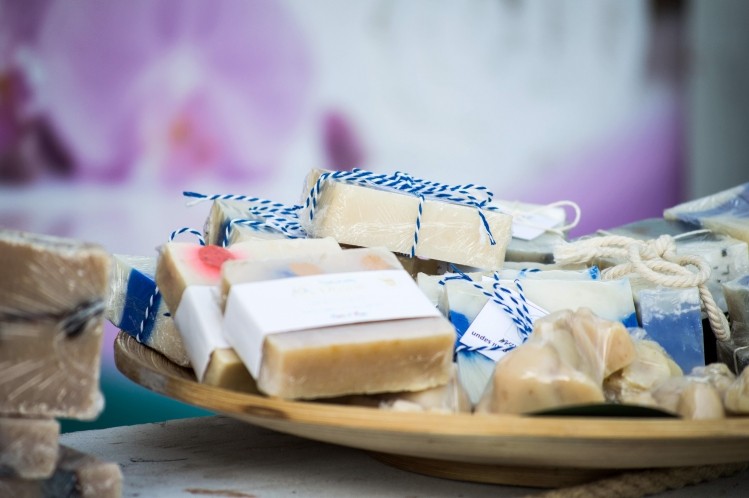
The Japanese Ministry of Health, Labour and Welfare (MHLW) has announced it has eliminated 19 types of ingredients for use in medicated soaps including medicated hand wash, medicated shower gel and medicated facial cleansing.
This move comes after the US Food and Drug Administration (FDA), an agency within the US Department of Health and Human Services, published its final rule in September announcing that antibacterial wash manufacturers had one-year to remove 19 ingredients from their products.
The decision was made as the FDA held that manufacturers had failed to show that the ingredients used were both safe for long-term daily use and a more effective alternative than the simple use of plain soap and water in avoiding illness and the spread of particular illnesses.
Banned Ingredients
Two of the banned ingredients, Triclosan (liquid soap) and triclocarban (bar soap), are commonly used throughout the APAC region and the world by a variety of brands in a selection of products.
The 19 ingredients that antibacterial wash manufacturers must now ban from production, include:
- Cloflucarban
- Fluorosalan
- Hexachlorophene
- Hexylresorcinol
- Iodophors (Iodine-containing ingredients)
- Iodine complex (ammonium ether sulfate and polyoxyethylene sorbitan monolaurate)
- Iodine complex (phosphate ester of alkylaryloxy polyethylene glycol)
- Nonylphenoxypoly (ethyleneoxy) ethanoliodine
- Poloxamer--iodine complex o Povidone-iodine 5 to 10 percent
- Undecoylium chloride iodine complex
- Methylbenzethonium chloride
- Phenol (greater than 1.5 percent)
- Phenol (less than 1.5 percent)
- Secondary amyltricresols
- Sodium oxychlorosene
- Tribromsalan
- Triclocarban
- Triclosan
- Triple dye
The products containing these ingredients are intended for use with water and are then rinsed off after use. This final rule does not affect consumer hand “sanitizer” or wipes, or antibacterial products used in healthcare settings.
Lack of data
The ban comes as either no additional data were submitted or the data submitted were insufficient for the FDA to conclude that these ingredients are Generally Recognized as Safe and Effective (GRAS/GRAE), FDA said in a statement.
“Consumers may think antibacterial washes are more effective at preventing the spread of germs, but we have no scientific evidence that they are any better than plain soap and water,” said Janet Woodcock, director of the FDA’s Center for Drug Evaluation and Research (CDER).
“In fact, some data suggests that antibacterial ingredients may do more harm than good over the long-term,” she went on to say.
The FDA first proposed this new rule in 2013 after some data suggested long-term exposure to antibacterial products’ active ingredients could pose health risks, including bacterial resistance or hormonal effects.
As part of the proposed rule, manufacturers had to give additional data on the safety and effectiveness of certain ingredients used in medicated soaps, such as clinical studies.
Deferred decision
The FDA has deferred rulemaking for one year on three additional ingredients that are commonly used over-the-counter (OTC) consumer antiseptic wash products: benzalkonium chloride, benzethonium chloride and chloroxylenol (PCMX).
This delayed decision will enable companies to develop and submit new safety and effectiveness data that relates specifically to these ingredients. Consumer antibacterial washes that contain these ingredients can be marketed during this deferral period.
Impact on Japan
As manufacturers started to phase these products out, Japan has announced it will be banning all of these products from its production lines and its shelves. A smart move, as although the FDA has provided a year to do this, the sooner this is announced and completed, and new products minus these 19 ingredients are produced, the quicker marketing can begin and sales can be made.
For a country such as Japan, which has experienced slow growth, it is important to maximise consumer appeal and attract new waves of interest from the growth of the naturals and organic consumer sector, who demand safe and effective cosmetics and beauty products.
FDA’s final rule said that: “The primary estimate of costs annualised over 10 years is approximately $23.6 mn at a 3% discount rate and $27.6 mn at a 7% discount rate. These costs consist of total one-time costs of relabeling and reformulation ranging from $106.3 to $402.8 mn.”
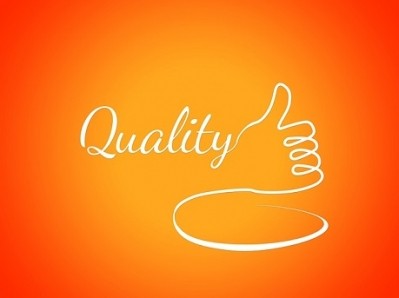

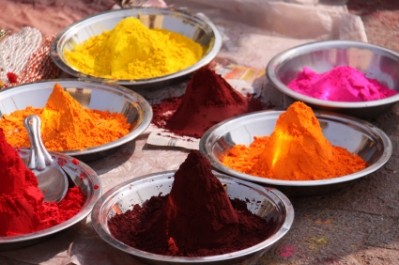


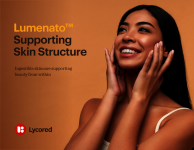
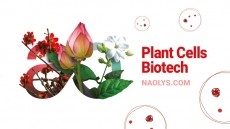

![Latest developments from the South Korean beauty market. [Getty Images]](/var/wrbm_gb_food_pharma/storage/images/_aliases/wrbm_tiny/publications/cosmetics/cosmeticsdesign-asia.com/headlines/brand-innovation/korea-focus-able-c-c-kolmar-and-more-in-this-k-beauty-round-up/17357973-1-eng-GB/Korea-focus-Able-C-C-Kolmar-and-more-in-this-K-beauty-round-up.jpg)

![Able C&C has furthered its partnership with Japanese discount chain Daiso with new makeup launch. [A'pieu]](/var/wrbm_gb_food_pharma/storage/images/_aliases/wrbm_tiny/publications/cosmetics/cosmeticsdesign-asia.com/headlines/brand-innovation/a-pieu-and-daiso-launch-exclusive-2-makeup-line/17339117-1-eng-GB/A-pieu-and-Daiso-launch-exclusive-2-makeup-line.jpg)
![Down Under Enterprises is setting sights on the Asian market as environmental sustainability and traceability become increasingly important. [Getty Images]](/var/wrbm_gb_food_pharma/storage/images/_aliases/wrbm_tiny/publications/cosmetics/cosmeticsdesign-asia.com/headlines/market-trends/down-under-enterprises-shifts-focus-to-china-as-environmental-sustainability-traceability-come-into-the-spotlight/17304932-1-eng-GB/Down-Under-Enterprises-shifts-focus-to-China-as-environmental-sustainability-traceability-come-into-the-spotlight.jpg)
![News updates from Shiseido, Dr.Ci:Labo, Sephora, and more. [Shiseido]](/var/wrbm_gb_food_pharma/storage/images/_aliases/wrbm_tiny/publications/cosmetics/cosmeticsdesign-asia.com/headlines/brand-innovation/updates-from-shiseido-dr.ci-labo-sephora-and-more/17334944-1-eng-GB/Updates-from-Shiseido-Dr.Ci-Labo-Sephora-and-more.jpg)

![Clariant has underscored the importance of localisation strategies and distribution capabilities in China with beauty trends evolving at a rapid pace. [Getty Images]](/var/wrbm_gb_food_pharma/storage/images/_aliases/wrbm_tiny/publications/cosmetics/cosmeticsdesign-asia.com/article/2024/04/16/clariant-emphasises-importance-of-localisation-in-the-era-of-viral-trends/17327969-1-eng-GB/Clariant-emphasises-importance-of-localisation-in-the-era-of-viral-trends.jpg)



